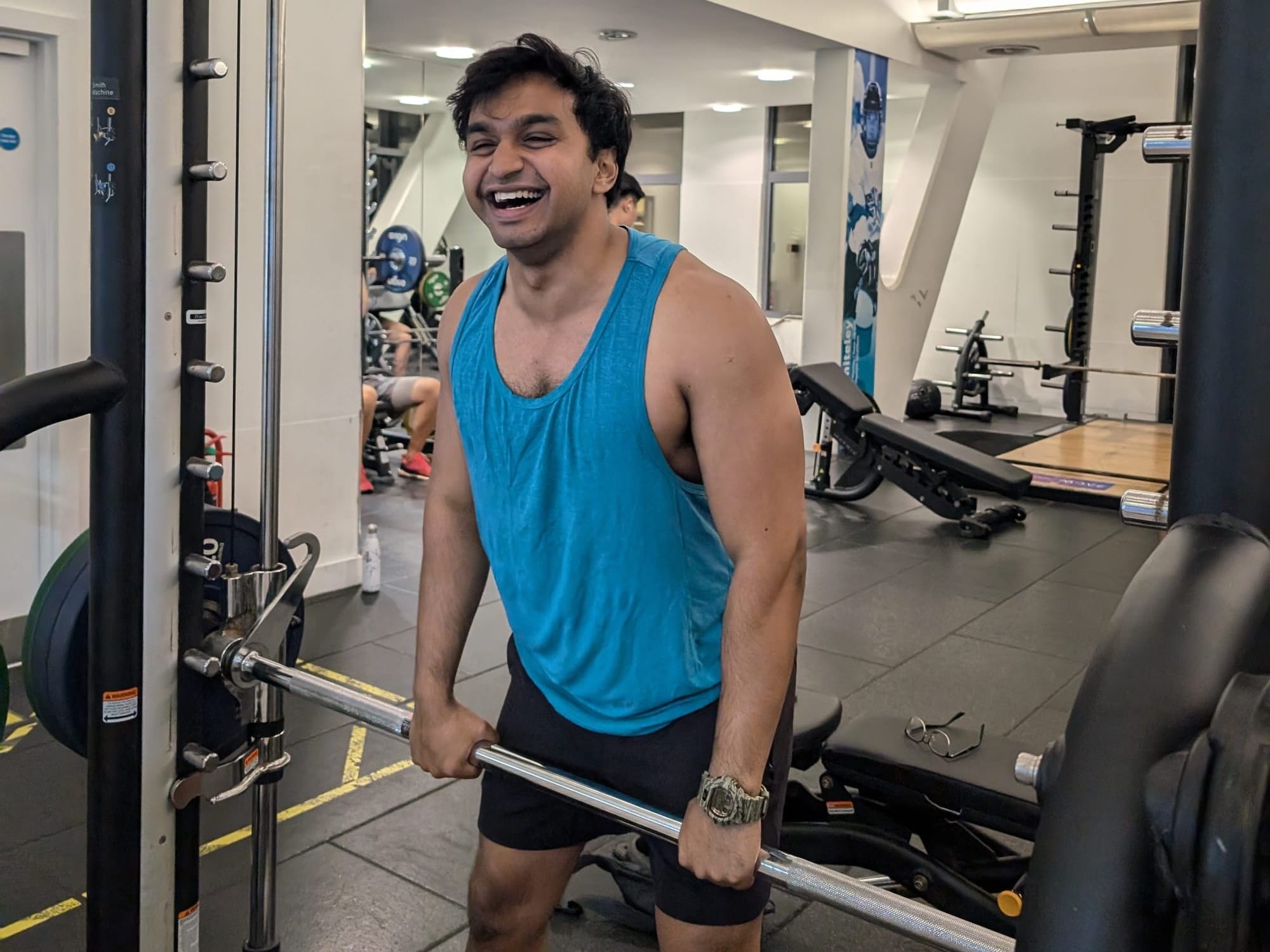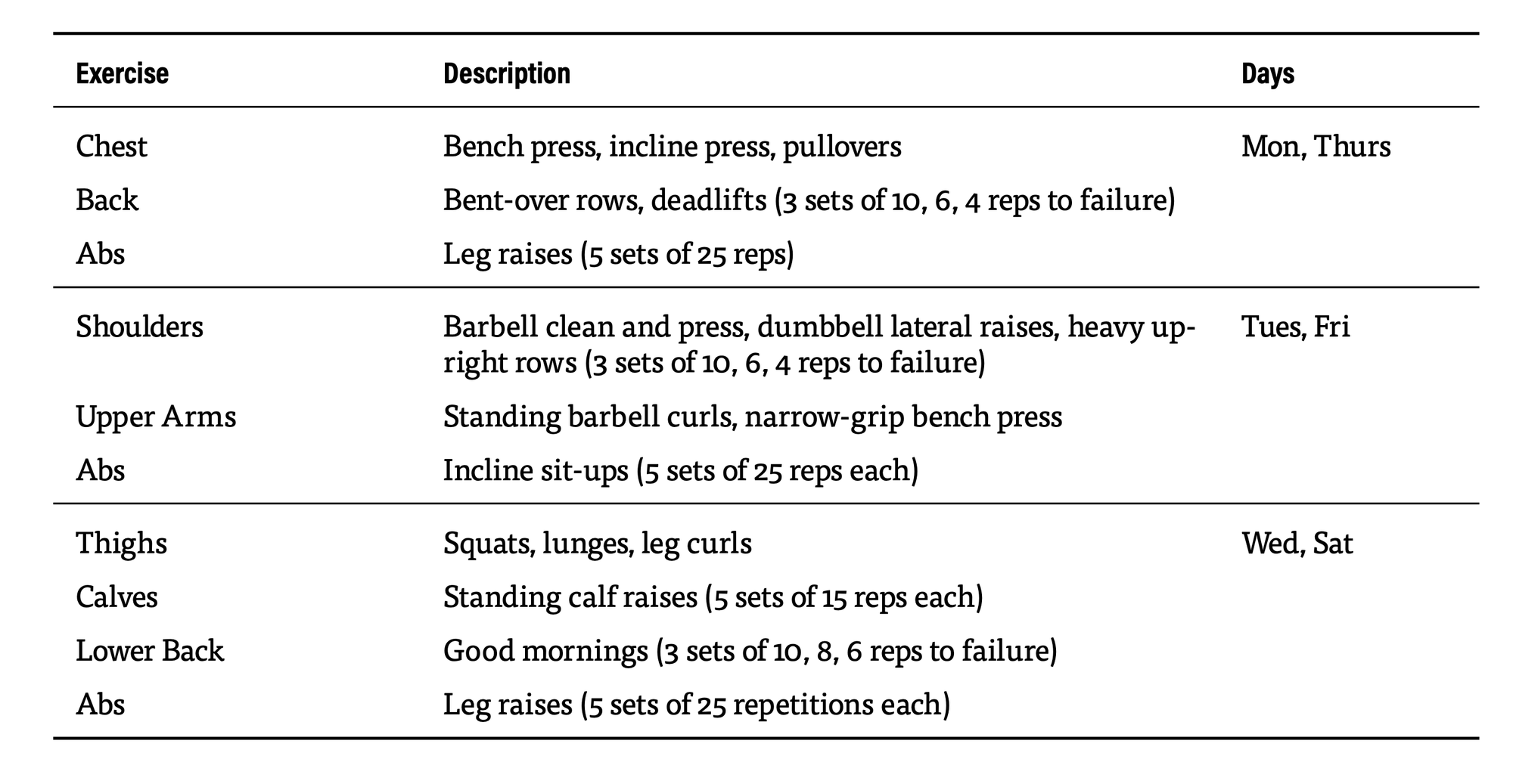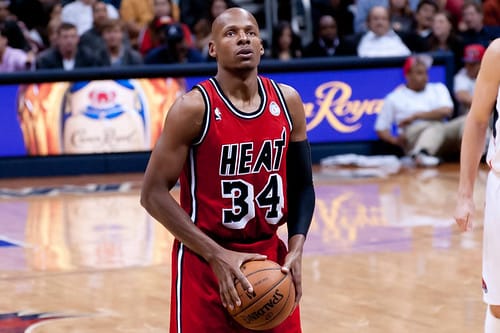A Fresher’s fitness gym guide
A beginner’s guide to weightlifting with Arnold Schwarzenegger’s classic routine
Getting into a consistent workout routine is one of the most rewarding gifts you can give yourself. Now while there will be a hundred different people with a plethora of workout routines that you’d be tempted to adopt, my advice is to pick something that works best for you.

Arnold split
With that in mind, the routine I’m suggesting to you today is best for beginners who want to start getting into general weight lifting and bodybuilding. While the only qualifications I have as a personal trainer are abs and big arms, the chief creator of this routine has a lot more bodybuilding credibility to his name; Arnold Schwarzenegger. The routine I’m about to suggest builds off of Arnold’s book, The Encyclopaedia of Bodybuilding, which is a fantastic source for any fitness enthusiast and goes into even more detail about how to diet, pose, and train specifically for competitions. Following this routine, I’ve been able to gym consistently for over 2 years without any serious injury or setbacks while noticing definite gains. The split and workouts are shown in the table below.

Exercise tips
For each of the following workouts, you should be going for three sets each with a one minute rest time between each set. This should bring each workout session’s duration to about 70-80 minutes.
Another important rule to follow for each workout is progressive overload. Here, you start your first set with your lightest weight and end your last set with the heaviest weight you can do. Don’t go too heavy that you injure yourself, but do try to push yourself. I recommend sets of 15, 12, 10 reps.
If you’re unfamiliar with any of these workouts and haven’t done them before, start by prioritising getting your form right. This means starting with very light weights and just making sure you get the full motion of the workout.
Another tip is to log and keep track of your workouts. I am aware that there are now apps to do this, I prefer having a physical little notebook that you can carry with you in the gym. Take note of what workouts you did, what your heaviest weight was for each exercise, and whether you experienced any discomfort that was out of the ordinary during any specific exercise. This helps to keep track of how much you’re growing and improving and can be a huge self-esteem boost when you look back through the pages and see how much progress you’ve made.
Finally, even if you feel this split doesn’t work for you, the workouts presented here are the fundamentals of weight lifting and you should be incorporating them into your workout one way or another. I’d recommend trying all these exercises and then creating a more convenient split/schedule for yourself that includes them. If you’re unsure of what the right form for some of the exercises are, there are plenty of online resources that can help you. I personally like to use youtube to just confirm that my form is right whenever I start a new exercise.
If you’d like to talk about this more, I’m always up for a chat and a workout and love helping out fellow gym-goers no matter what stage of their journey they are at. Best of luck working out and getting your dream body!







